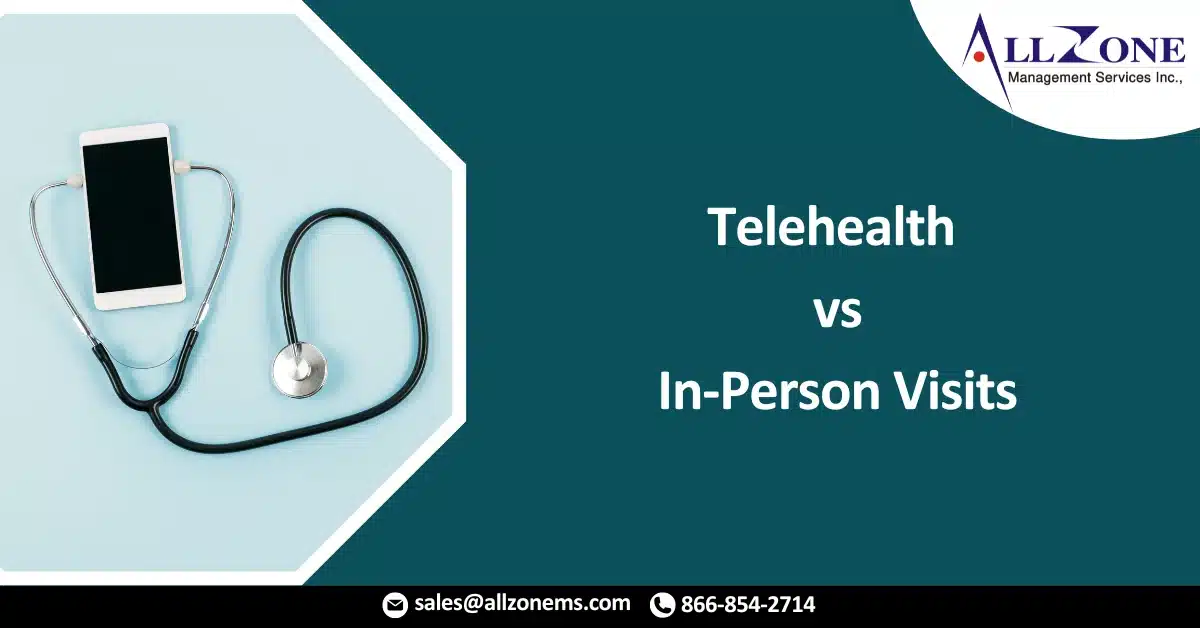According to research, telehealth visits, both in primary and specialty care, tend to be coded more frequently with lower level-of-service billing codes. Despite the option to receive higher facility rates for telehealth services for another year, providers often bill these virtual visits using lower level-of-service codes. This pattern holds true for both primary and specialty care, where telehealth visits receive lower level-of-service billing codes compared to in-person office visits of the same specialty.
The study conducted by the research team analyzed the billing codes for 1.3 million telehealth visits and 5.2 million office visits spanning from January 1, 2022, to June 30 of the same year. Higher level-of-service billing codes indicate more complex patient interactions, ranging from LOS 1 (least complex) to LOS 5 (most complex).
On average, telehealth visits consistently received lower level-of-service billing compared to office visits of the same type, except for new patient specialty telehealth visits. These were slightly more frequently billed at LOS 5 compared to their office visit counterparts.
The research team noted that reimbursement is just one of many factors organizations need to consider in their telehealth strategies. They emphasized the need for future research to explore how various factors influence decisions regarding the expansion or reduction of telehealth offerings. For instance, organizations may opt for lower reimbursement for telehealth in cases of lower level-of-service encounters, ensuring that in-person care remains available for patients in need of higher service levels. However, these specific factors were not assessed in the present study.
WHY THIS MATTERS
Billing at lower levels of service means that providers receive lower payments for telehealth compared to in-person visits. Research indicates that this discrepancy in billing may be attributed to the fact that telehealth visits are more commonly utilized for managing chronic diseases, follow-ups with existing patients, and medication management. These types of visits are generally considered less complex than new patient visits or those necessitating a physical examination.
To ensure a fair comparison, patients in the telehealth cohort were matched to patients in the office visit cohort based on factors such as age, sex, race, ethnicity, social vulnerability index, census region, rural or urban location, specialty, chief complaint, and whether the patient was new or an established patient.
In primary care, the research revealed that visits coded with a level of service (LOS) of 3 or 4 were the most prevalent for both telehealth and office visits. However, for established patients, a higher percentage (53.7%) of primary care telehealth visits were coded at LOS 3 compared to primary care office visits (43.3%). Conversely, 40.8% of primary care telehealth visits were coded at LOS 4, while over half (52.5%) of primary care office visits for established patients were coded at LOS 4.
In specialty care, both telehealth and office visits for established patients were most frequently coded at LOS 4. The analysis found that 64.1% of specialty office visits were coded at LOS 4 or 5, compared to 56.8% of specialty telehealth visits. Similar patterns were observed in new patient telehealth and office visits for both primary and specialty care.
THE LARGER TREND
Before the onset of the public health emergency, telehealth was permitted in specific contexts, primarily in rural areas, and its reimbursement rate was lower compared to in-person visits. Due to these factors, its adoption in hospitals and physician practices was limited.
However, when the COVID-19 pandemic made in-person visits challenging, the Centers for Medicare and Medicaid Services introduced temporary telehealth flexibilities during the public health emergency. This meant that telehealth services were reimbursed at the higher facility rate, leading to a significant increase in its utilization.
Following the conclusion of the public health emergency in May, the CMS did not revert to the pre-emergency status quo for telehealth. Instead, they extended the period for these flexibilities and increased reimbursement rates twice. This extension is now scheduled to conclude at the end of 2024, prompting Congress to devise a lasting solution for telehealth reimbursement.

